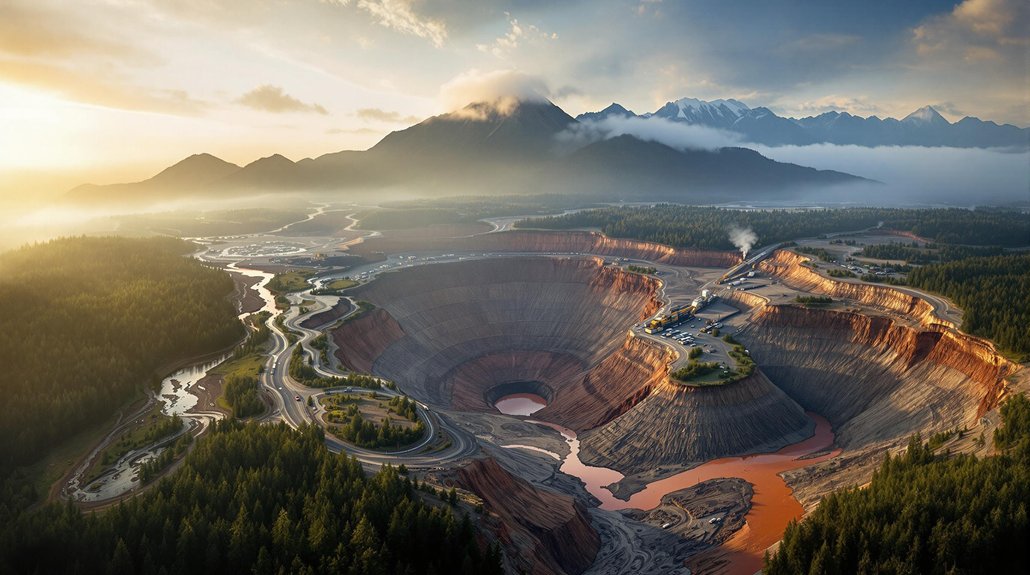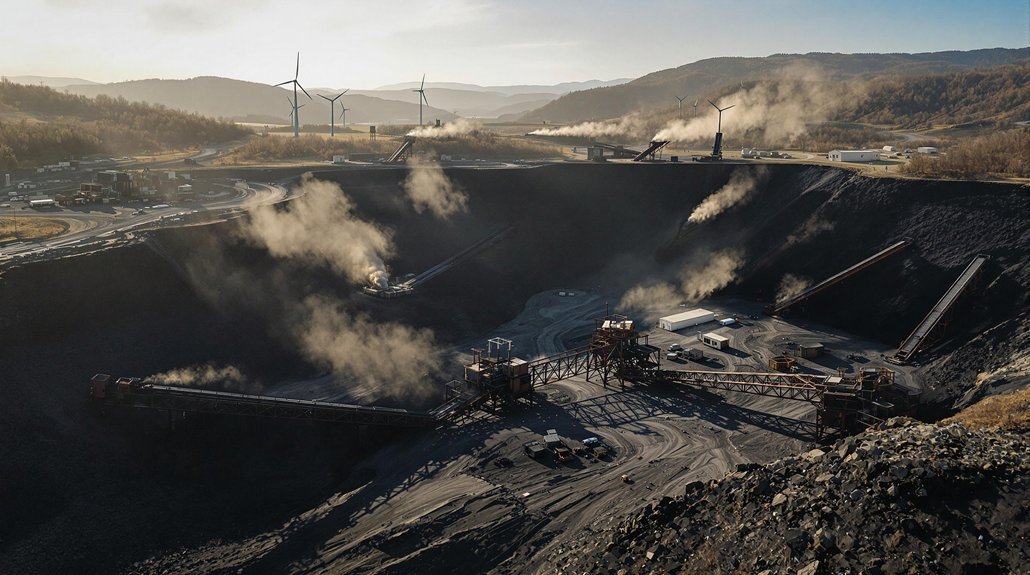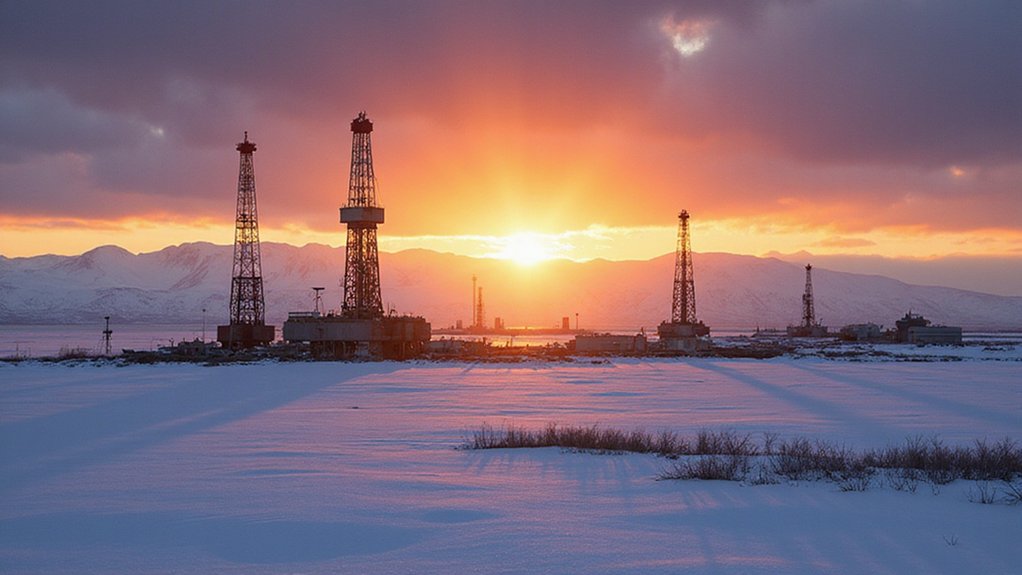Indigenous communities are increasingly fighting mining companies as demand for clean energy minerals threatens their lands. These groups manage 25% of the planet’s land but face water pollution, displacement, and loss of traditional livelihoods. Mining accounts for nearly 25% of environmental conflicts affecting Indigenous peoples, with South America seeing the highest concentration of abuses. As mineral demand is expected to surge 500% in the next decade, the struggle for Indigenous rights intensifies.
While mining companies expand operations to meet global demands for metals and minerals, Indigenous communities around the world are bearing the brunt of environmental and social consequences.
Despite making up just 6.2% of the world’s population, Indigenous peoples steward 25% of the planet’s land and face a disproportionate impact from extractive industries. A shocking 34% of documented environmental conflicts directly affect Indigenous communities.
Indigenous peoples are Earth’s guardians, protecting a quarter of our planet while bearing the burden of resource extraction’s heaviest impacts.
Mining tops the list as the most harmful sector, accounting for nearly a quarter of all cases impacting Indigenous groups. The pressure is mounting as the global shift to clean energy requires more minerals. Over half of all change mineral projects are located on or near Indigenous lands.
These projects have led to more than 510 allegations of abuses in the last decade, with 65 new cases recorded in 2022 alone. The effects are devastating for traditional ways of life. Indigenous communities report landscape losses in 56% of cases, livelihood disruption in 52%, and land dispossession in 50%.
Water pollution, ecosystem damage, and forced displacement further threaten their existence. South America faces the heaviest burden, with over half of mining abuse allegations concentrated in this region. The Quechua, Mapuche, and Aymara peoples are among the most affected groups.
In the Philippines, 84% of nickel mining in Surigao Del Sur conflicts with Indigenous territories. Indigenous Peoples have lost an area of land equivalent to Timor Leste due to mining operations over the past three decades. Despite international frameworks like the UN Declaration on Rights of Indigenous Peoples, enforcement remains weak.
Indigenous communities aren’t sitting idle, though. Many are organizing protests, blockades, and legal actions to defend their lands. Some groups propose becoming partners in mining operations to guarantee their rights and interests are protected. Demand for critical minerals used in renewable technologies is expected to surge by 500% next decade, intensifying pressure on Indigenous territories.
Others are developing citizen science programs to document environmental impacts. After decades of struggle, Indigenous nations continue fighting for recognition of their rights to free, prior, and informed consent before any activity affects their sacred lands.








